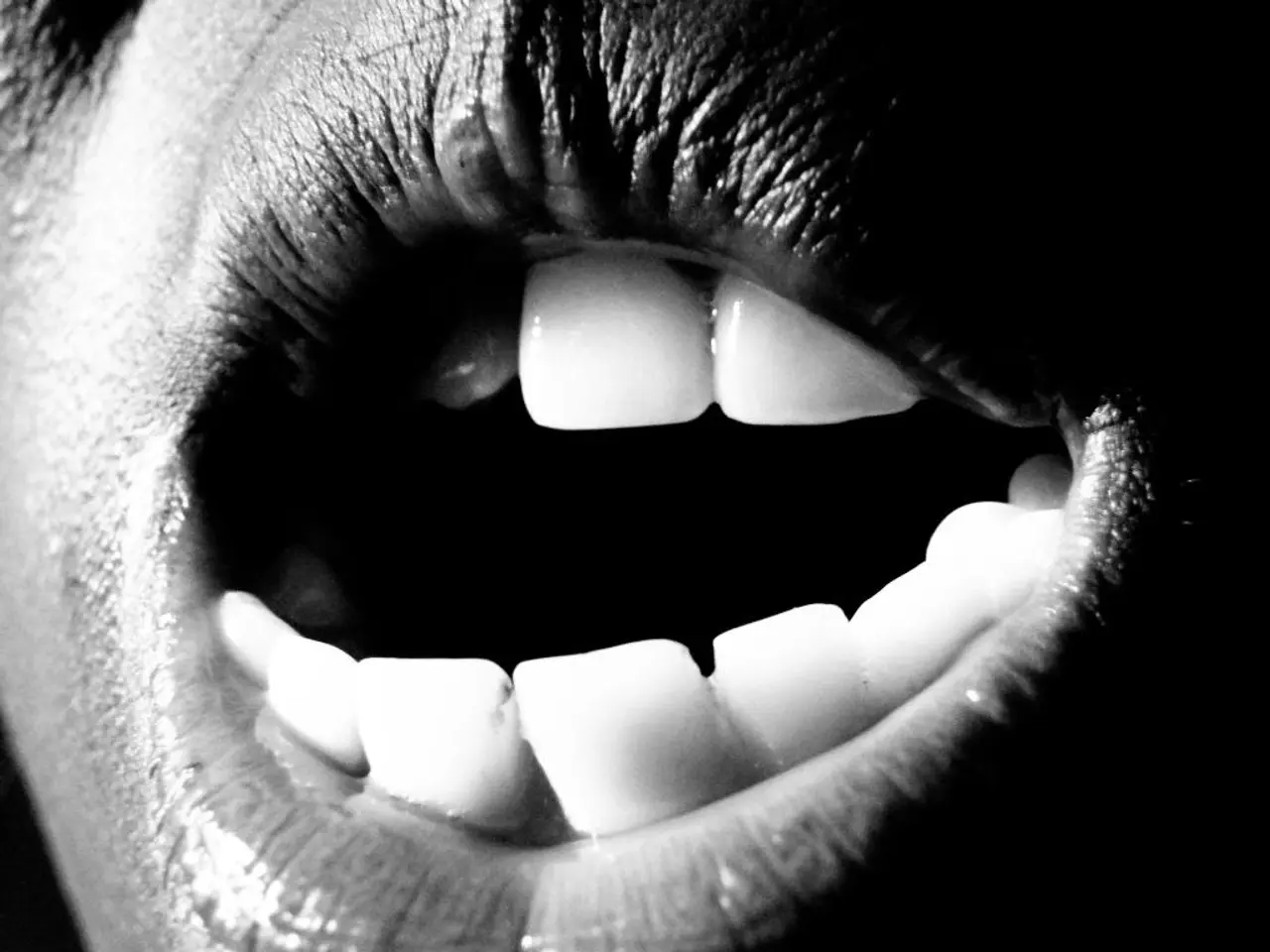Vaping Devices and Dental Crowns Potentially Linked to Mouth Cancer: Uncovering the Factors Increasing Cancer Risk
In the battle against oral cancer, early detection and prevention are the most powerful weapons. This disease, which includes cancer of the lips and throat, ranks 13th in prevalence among all cancers worldwide, but it is easier to prevent than many other forms of cancer.
The mucous membrane of the mouth is under constant attack every day. Factors such as tobacco use, alcohol consumption, and prolonged sun exposure increase the risk of oral cancer. Tobacco use, including smoking cigarettes, cigars, pipes, and using chewing tobacco, smokeless tobacco, paan, areca nut, or betel quid, significantly raises the risk. Heavy or chronic alcohol consumption, especially when combined with tobacco use, also significantly increases the risk. Infection with human papillomavirus (HPV), particularly HPV-16, is linked to oropharyngeal cancers and is a growing cause of oral cancer cases. Prolonged sun exposure, which increases the risk of lip cancer when the lips are unprotected, is another risk factor. Poor oral health and a diet low in fruits and vegetables also contribute to increased risk.
The good news is that maintaining good oral hygiene, protecting lips from sun, and HPV vaccination can help reduce the risk.
Treatment for precancer involves removing the cause of injury, such as treating teeth, adjusting or replacing dentures. A thorough examination and palpation of the oral mucosa for any lumps is necessary at the dentist's office. Doctors check for HPV and its types as part of the treatment process. Areas of change in the oral mucosa may require minor surgery.
If harmful habits like smoking and alcohol aren't given up, and a gentle, less spicy diet isn't adopted, precancerous areas may return. The combination of HPV and smoking increases the risk of oral cancer by 40 times. If there are any alarming signals during fluorescent diagnostics, the patient is immediately referred to oncologists.
Fluorescent diagnostics (AFS "Polirnik") is a painless examination that takes only a few minutes and can detect early signs of oral cancer. Regular dental visits are important for early detection of precancerous areas. Dental professionals' oncological vigilance and a comprehensive approach are key to saving lives.
A unique pH salivametry method was invented and patented at Sechenov for checking metal structures in the mouth for galvanic current formation, which increases the risk of oral cancer. Galvanic currents between crowns also increase the risk.
Oral cancer is a serious disease, but with early detection and prevention, it can be fought effectively. It's crucial to discuss with your doctor the need for a test for oncogenic HPV strains if there are noticeable changes in your oral mucosa. Maintaining a healthy lifestyle, regular dental check-ups, and being aware of the risk factors can all help in the fight against oral cancer.
- In the realm of science and health-and-wellness, oral cancer prevention relies heavily on early detection, with the disease ranking 13th in global prevalence among all cancers.
- Factors such as tobacco use, alcohol consumption, prolonged sun exposure, and infection with human papillomavirus (HPV) significantly increase the risk of oral cancer.
- Maintaining good oral hygiene, protecting lips from sun, and HPV vaccination can help reduce the risk of developing oral cancer.
- CBD, a compound found in cannabis plants, is gaining attention for its potential role in managing pain and reducing inflammation associated with chronic diseases and medical-conditions, including cancer.
- Skin care, nutrition, and fitness-and-exercise are vital components of a holistic approach to mental health, contributing to overall well-being and resilience.




